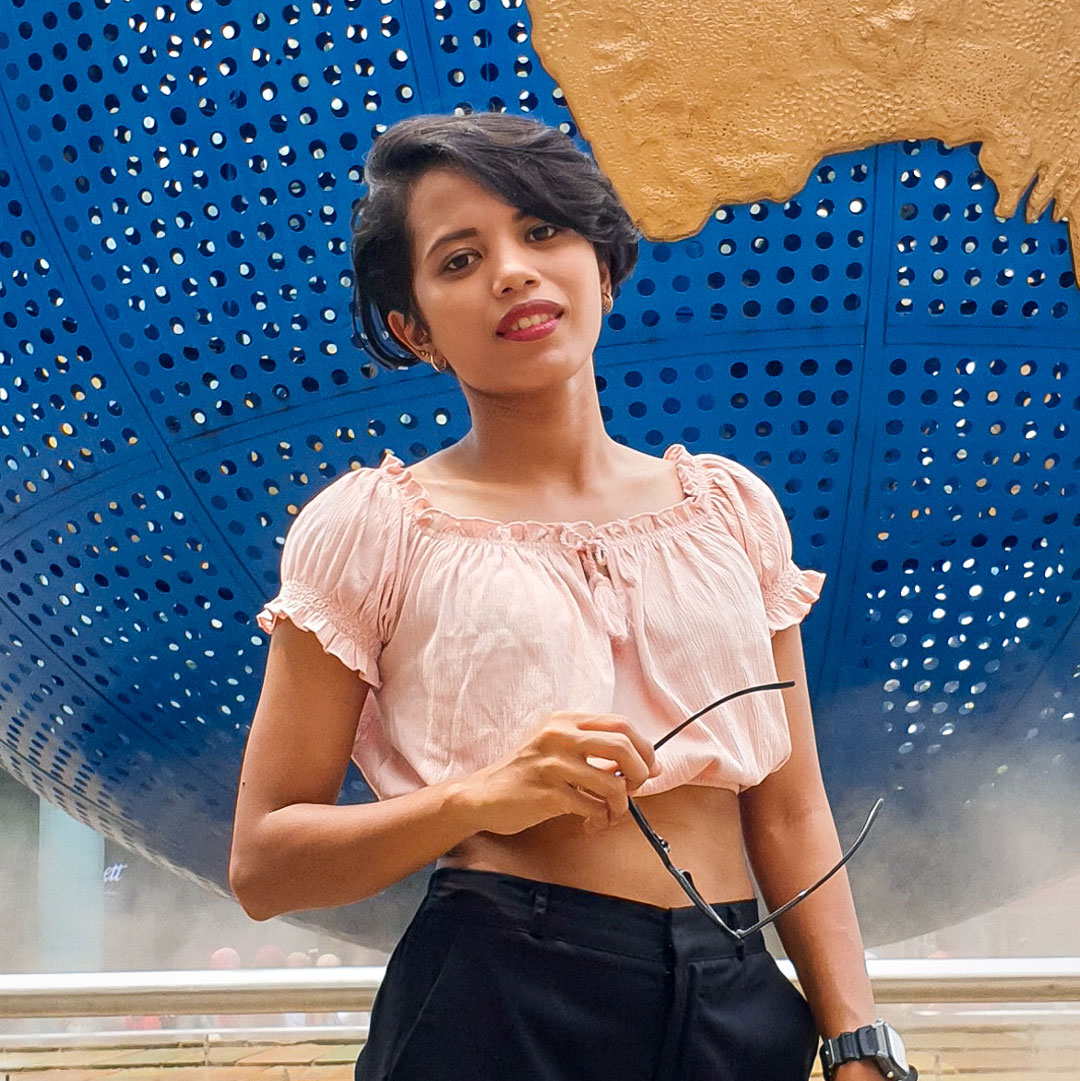Historical tours are a great way to disseminate knowledge of history, life, culture and tradition. Gyeonggi-do is one such place where to learn about the history of the Korean peninsula. This is the place serves as a buffer zone between North and South Korea.

Among Korea’s most densely populated provinces, Gyeonggi-do is top of a list of 28 cities that have seen significant development thanks to the influence of Seoul’s new extended suburbs. Gyeonggi-do, which translates to “province surrounding Seoul”, has benefited from economic growth and has also been credited with boosting tourism to the region.
Starting from Paju, here’s what you can expect on a trip to world’s most enthralling destination – Korean Demiliterized Zone. Despite political and security issues, the Korean Demiliterized Zone (DMZ) has increased awareness of a concrete example of armistice negotiation of the world’s hostile borders. Preserving, protecting and conserving the historic lands and other life-sustaining resources is now part of a global concern. The DMZ is a neutral zone established by the Korean War Armistice Agreement on 27 July 1953 expanding 248 kilometres long and four-kilometres wide from North to South of the Military Demarcation Line across the two Koreas. Untouched for decades, the place has a very well-preserved biodiversity.
The two Korean nations have just recently agreed to disarm their guard posts in September 2018. There are about 60 posts heavily guarded inside the South Korean DMZ, whereas 160 front-line posts estimated in North Korea manned by troops. In addition to guarding the fortified border, soldiers are also responsible for escorting people living in the DMZ, who are mostly farmers.



It seems dramatic, but that is the reality. DMZ tour offers a wide range of attractions spreading beyond the Civilian Control Line, and therefore individual trips are forbidden. The tour can be dangerous, even deadly, so civilians need special government approval to enter the zone. Anyone who is interested in the tour must also fill out a declaration stating that they risk death. However, it can also be safe and convenient if visitors make a reservation in advance and present a valid passport.
Commonly known as the Unification and Security Tour, Gyeonggi-do also offers other compelling tourist attractions such as Imjingak Tourist Site exhibiting various artifacts, monuments that include the Freedom Bridge and the Peace Bell related to the Korean War. Tourists can also explore Dorasan Station, the northernmost stop on South Korea’s railroad station on the Gyeongui Line. In the future, the station will function to connect the two Korean nations as well as to open broader lines for customs clearance services to China and Russia. Next is Camp Greaves, a complex of history, art and culture on a piece of land that was returned to the Korean Government in August 2007 following the U.S. Army’s withdrawal in 1997. Due to its unique geographical and historical characteristics, this place has become the most appealing spotlight among the country’s tourist areas. Panmunjeom, also known as Joint Security Area (JSA), is a place inside the DMZ where inter Korea-agreements were held on 27 July 1953. Today, JSA is used as a venue for talks between the Korean nations.

Travelling to Gyeonggi-do can be challenging yet rewarding. A trip to the most fortified border on the planet was an experience to remember – a not-so-cliched, real adventure that is rich in historical knowledge. NOW! Jakarta joined a media trip to Korea in November and had the honour of being among the first visitors to explore the DMZ before the area was opened to the public. This article is part of a series of stories about Korean travel destinations. Korean Air connects Jakarta and Seoul and offers easy connections across the country. The airline’s business class offers a comfortable experience including excellent meals and the latest in-flight entertainment for an outstanding journey. Contact Korea Tourism Organization for the latest travel updates.
Tourist Information
Korea Tourism Organization Headquarters
10 Segye-ro, Wonju-si, Gangwon-do 220-170, Republic of Korea
Phone: +82-33-738-3000
E: webmaster@mail.knto.or.kr
www.kto.visitkorea.or.kr/eng.kto
Gyeonngi-do Tourism Association
Interpreting Service for Tourists, Korea Travel Hotline at 1330
Calling from Overseas +82-2-1330
Languages: Korean, English, Japanese, Chinese
www.en.ggtour.or.kr
Korean Air
Korean Air delivers large-scale multilingual supports in Korean, English, Japanese, Chinese, French, German, Italian and Spanish. This is an automatic transfer call to regional office based on the language you have chosen. For more details about service information please visit https://www.koreanair.com/
Facebook: @koreanair
Twitter: @koreanair_ke
Instagram: @koreanairworld







